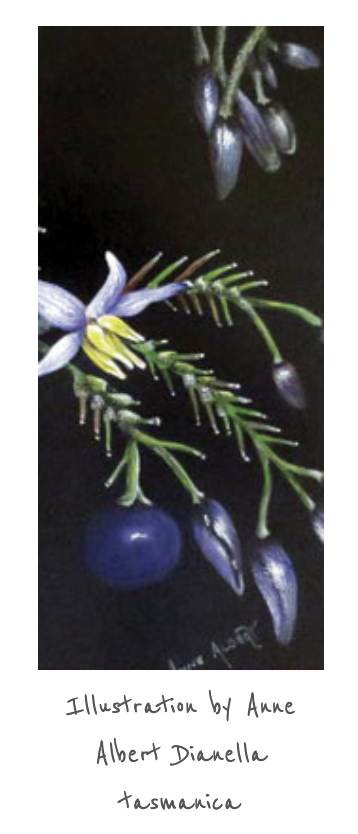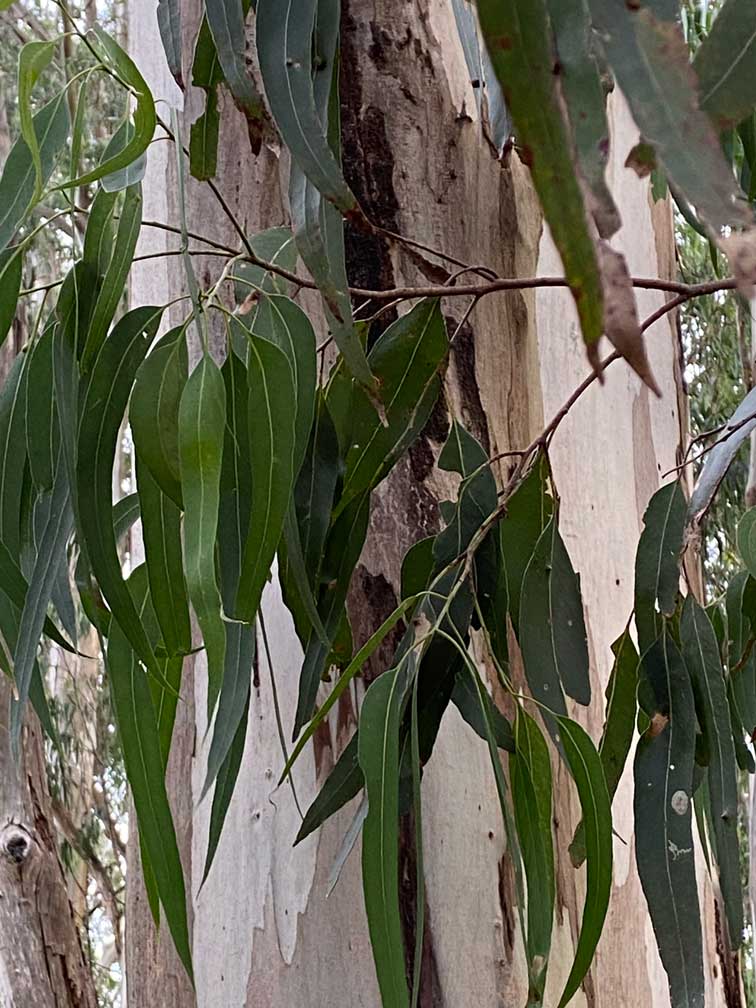BASIC REVEGETATION ADVICE
REVEGETATION WITH INDIGENOUS FLORA - A GREAT WAY FORWARDBenefits of Revegetation Using Indigenous Species
The reasons for Revegetating your property and planting indigenous species to achieve this are many...
Improved Agricultural Productivity The planting of shelter belts on your property offers -
Natural Pest Control Planting trees and understory provides natural habitat for birds, bats and other insect eating animals. These birds and animals will feed daily on adjacent pastures maintaining control of pasture-destroying insects resulting in healthier and more prolific pastures and crops. They are natures natural pest controllers. Fire Control The rate of movement of fires across open paddocks is dependant upon wind speed. With the correct location of shelter belts, wind speeds can be reduced by up to 60% hence slowing the rate of progress of a grass fire allowing them to be controlled more easily and more quickly. Erosion and Water Quality Revegetation in gulleys and along the banks of waterways prevents erosion and loss of soils into the river systems. This in turn results in better water quality being available from creeks, rivers and dams. Salinity Native plants can also lower the water table reducing the chance of salinity problems in the soil. Firewood and Timber Selective felling and removal of fallen trees from revegetated areas can provide suitable firewood and timber for fencing and building. Aesthetic Appeal The sight of a stand of trees populated with native birds and animals can be a much more interesting outlook than an empty paddock of grass. |


